Modin 2.5
✅ Parkinson’s symptom relief
✅ Tremor reduction
✅ Muscle stiffness alleviation
✅ Enhanced motor function
✅ Improved quality of life
Modin 2.5 contains Procyclidine.
Product Overview
Modin 2.5 is a pharmaceutical formulation containing Procyclidine (2.5mg) as its active ingredient, presented in tablet form. This anticholinergic agent is primarily indicated for the management of Parkinson’s disease symptoms and the control of extrapyramidal side effects caused by antipsychotic medications. By competitively inhibiting acetylcholine receptors in the central nervous system, Modin 2.5 effectively reduces muscle rigidity, tremors, and dyskinetic movements characteristic of Parkinsonism. The therapeutic action of this medication significantly enhances motor control and daily functioning in affected patients.
Clinical Indications
Modin 2.5 is principally prescribed for:
– Symptomatic treatment of idiopathic Parkinson’s disease
– Management of drug-induced extrapyramidal symptoms including dystonia, akathisia, and pseudoparkinsonism
– Adjunctive therapy in certain movement disorders
– Off-label applications for conditions involving cholinergic hyperactivity
Administration Guidelines
For optimal therapeutic effect:
1. Administer orally with or without food as prescribed
2. Swallow tablets whole with adequate water
3. Maintain strict adherence to prescribed dosing schedule
4. Avoid crushing or chewing tablets to preserve drug integrity
5. Regular medical supervision is recommended for dosage adjustments
Mechanism of Action
Procyclidine, the active component of Modin 2.5, functions as a competitive antagonist at muscarinic acetylcholine receptors. This pharmacological action:
– Modulates neurotransmitter imbalance in basal ganglia
– Reduces excessive cholinergic activity in striatum
– Restores dopaminergic-cholinergic equilibrium
– Improves motor coordination and reduces involuntary movements
Dosage Protocol
Standard dosing recommendations:
– Initial therapy: 2.5-5mg TID-QID
– Maintenance dose: Titrated according to therapeutic response
– Geriatric patients: Lower initial doses recommended
– Maximum daily dose: 30mg (in divided doses)
Note: All dosage adjustments must be physician-supervised
Therapeutic Advantages
Key clinical benefits include:
- Effective control of parkinsonian tremors and rigidity
- Rapid relief from neuroleptic-induced movement disorders
- Improved functional mobility and coordination
- Enhanced activities of daily living
- Stable pharmacokinetic profile with oral administration
Adverse Effect Profile
Commonly reported adverse reactions:
– Xerostomia (dry mouth)
– Mydriasis with cycloplegia
– Gastrointestinal hypomotility
– Urinary hesitancy
– Mild central nervous system depression
Note: Most effects are dose-dependent and transient
Precautions and Contraindications
Special considerations:
– Contraindicated in narrow-angle glaucoma
– Use caution in prostatic hypertrophy
– Monitor patients with cardiovascular disorders
– Potential additive effects with other anticholinergics
– Pregnancy category C (risk not ruled out)
Storage Requirements
Proper storage conditions:
– Maintain at controlled room temperature (15-30°C)
– Protect from moisture and light
– Keep in original packaging
– Store in secure location away from children
– Discard expired medication properly
Medical Disclaimer:
The information provided herein is intended for educational purposes only and represents current pharmacological knowledge. This content does not constitute medical advice and should not replace professional clinical judgment. Healthcare providers should be consulted for:
– Individualized treatment plans
– Complete safety information
– Potential drug interactions
– Comprehensive adverse effect profiles
– Specific contraindications
The patient-physician relationship remains paramount in all therapeutic decisions.
| Strength | 2.5 |
|---|---|
| Quantity | 30 Tablet/s, 60 Tablet/s, 90 Tablet/s, 180 Tablet/s |
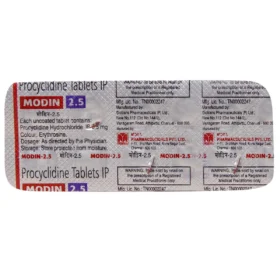 Modin 2.5
Modin 2.5









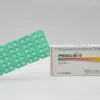
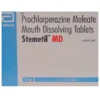
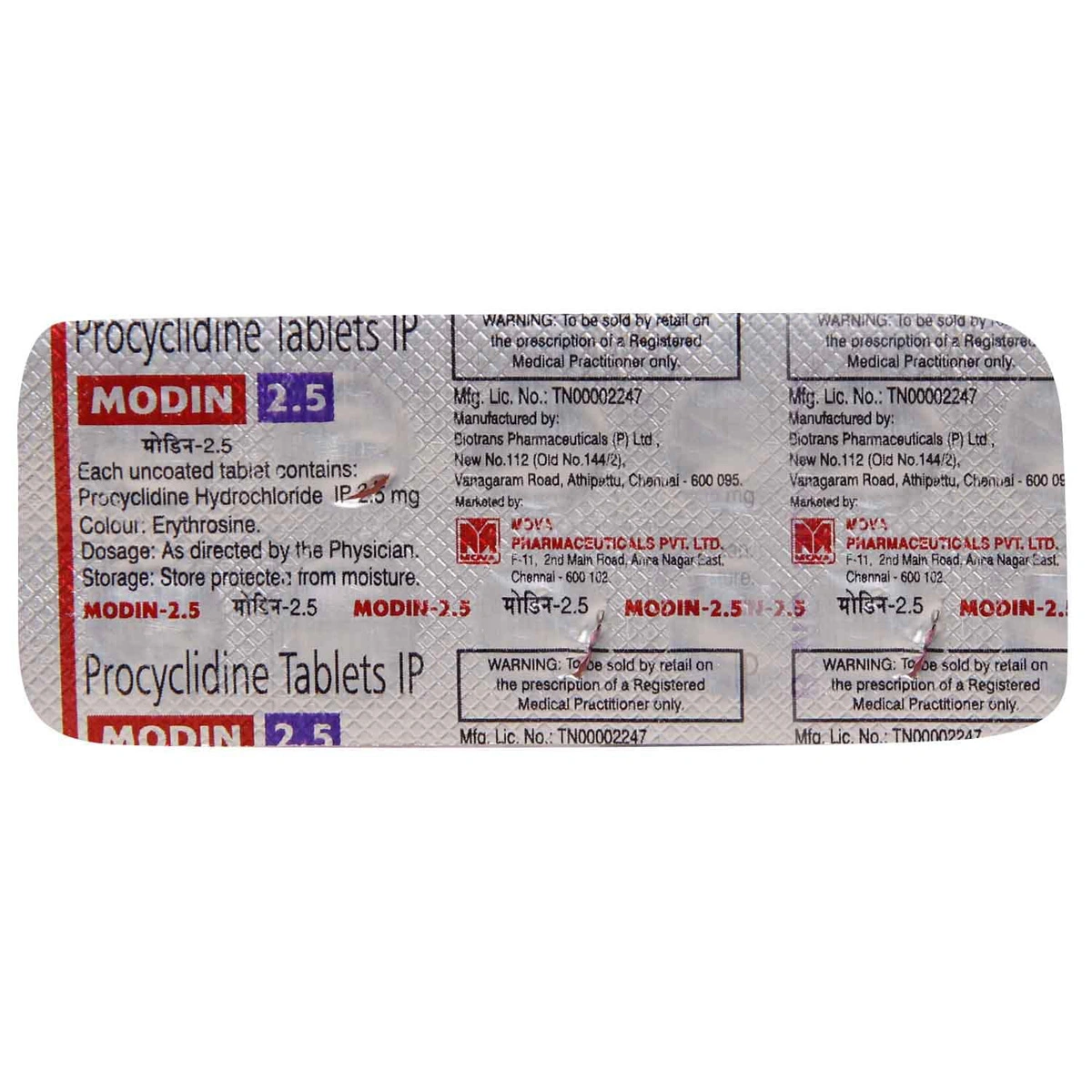
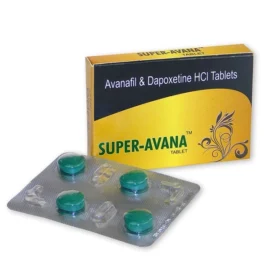

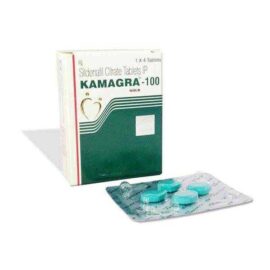
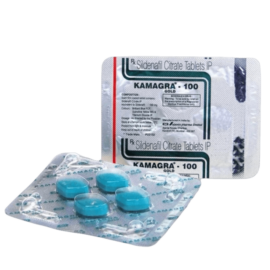
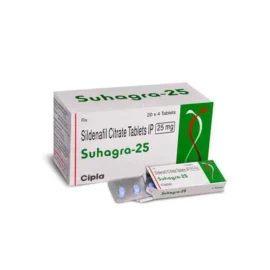
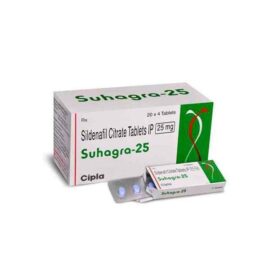
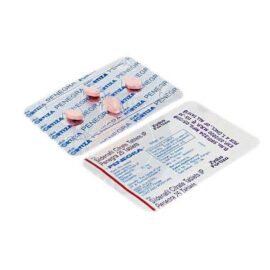
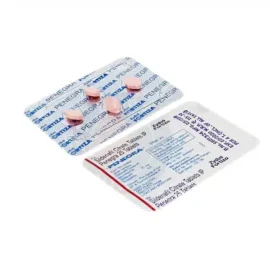
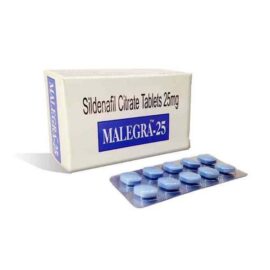
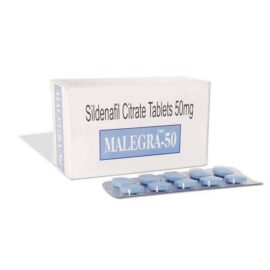
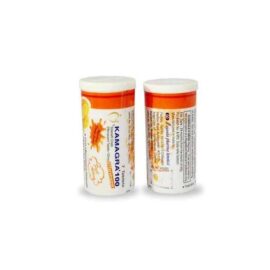

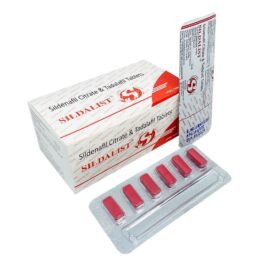
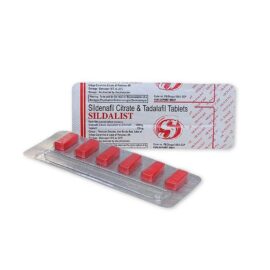
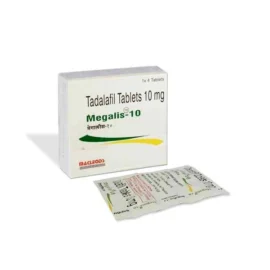
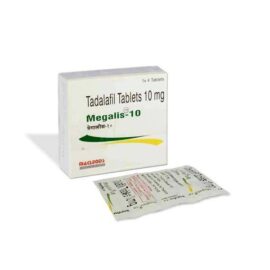
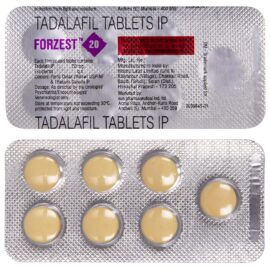
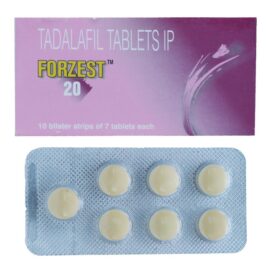

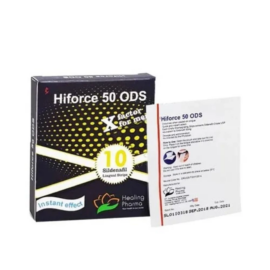


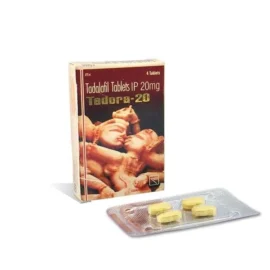

Reviews
There are no reviews yet